Low-Cost Solutions to Improve Your Home Energy Efficiency

When it comes to home energy efficiency, you have many options. From purchasing new appliances and installing insulation to adding solar panels—the list goes on. But some homeowners just don’t have the budget for these things. It’s not always about being able to afford a new appliance or piece of home improvement equipment: sometimes it’s about being able to afford the monthly energy bill after making those changes!
Improve your home and Save Money!
Your home is one of the easiest places to make improvements that can really help you save money!
- Improvements can be made easily.
- They can be done at less cost.
- They can be completed quickly.
- And they don’t require an expert to install them for you!
It’s important to be aware of how you can reduce your monthly expenses while still maintaining a comfortable standard of living. One way to do this is by improving your home’s energy efficiency in a cost-effective manner. While some small improvements can be made quickly and easily, others may require an investment of time or money.
Upgrade to LED light bulbs.
LED lights are long-lasting and emit less heat than traditional bulbs. They also use much less energy than incandescent or fluorescent bulbs, so you’ll save money on your electricity bill. LED lights often cost more upfront, but they last longer and pay for themselves over time.
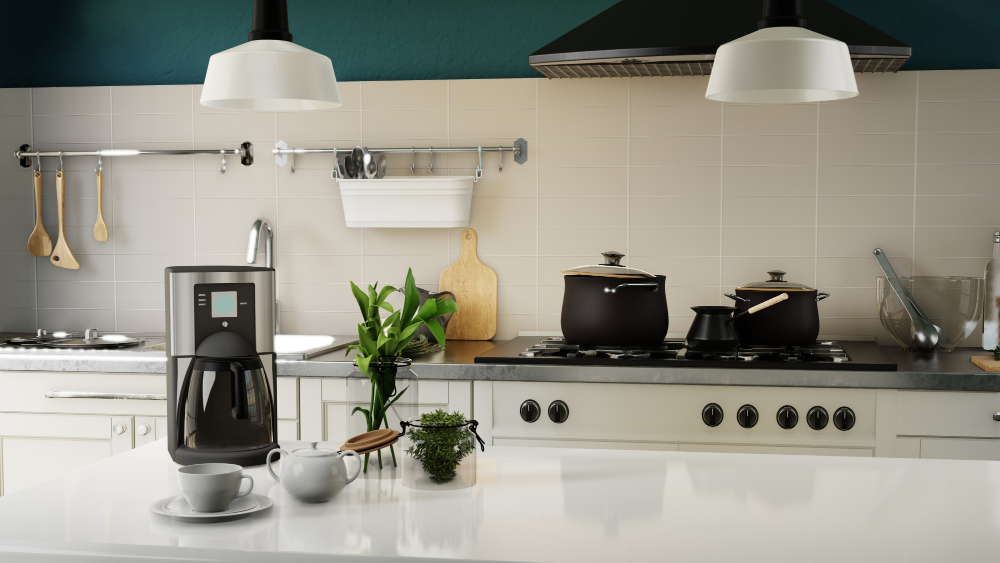
- When buying new appliances, look for the energy label star rating. The star rating corresponds to the energy efficiency rating of the appliance.
- Choose warm white or soft white light if it will be used in areas where you want softer lighting (like bedrooms), but avoid cool blue hues in rooms where brightness is key (like kitchens).
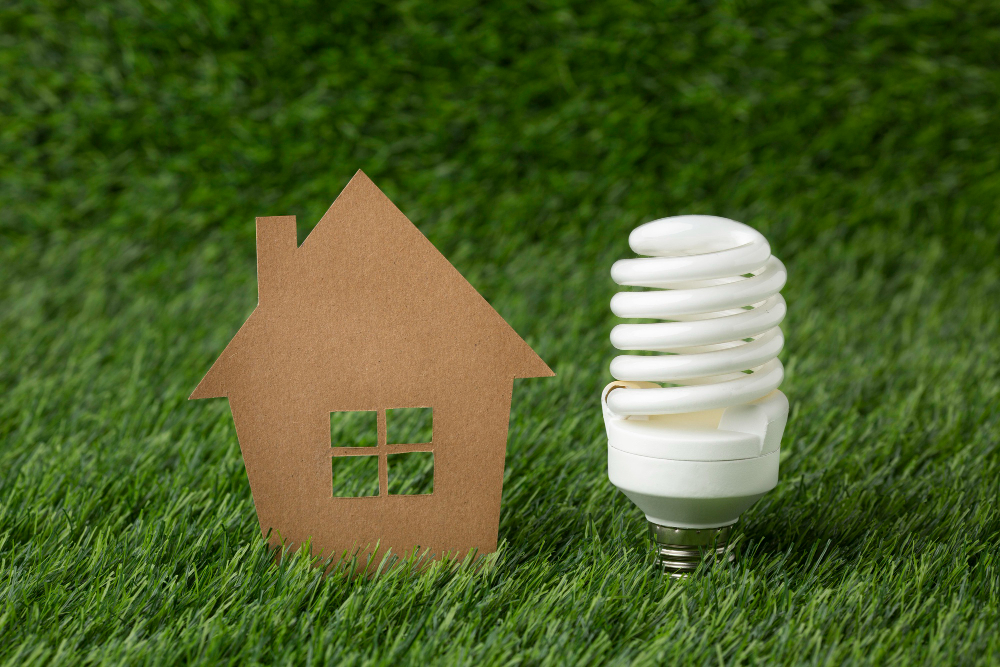
Replace your refrigerator and/or central air conditioning.
A central air conditioning system and/or any appliance for cooling/heating that are more than 10 years old should be replaced. The older your appliance gets, the less energy efficient it becomes. If you have an older refrigerator model, consider buying a new refrigerator with the highest Energy Efficient Factor (EEF) on its energy label. The best way to find out if your current refrigerator is too old for its own good is by reading its model number and comparing it with this list of refrigerators by manufacturer and year made. Also:
- Get rid of any foods that need special handling (like meat or fish)
- Do not store items in the door; keep them in the main part of the fridge instead
- Make sure there’s enough room between shelves so air can circulate
Add skylights for natural light.
You can add skylights to your home for natural lighting. In the Philippines, polycarbonate and fiberglass are commonly used for skylight roofing.
Skylights are mounted on the roof of your house, and they let in natural sunlight. They also allow heat from the sun to escape from your home during the day.
Skylights can be installed in any house room: living room, bedroom, kitchen, or bathroom. If you want more light but don’t want it coming through windows then a skylight may be right for you!
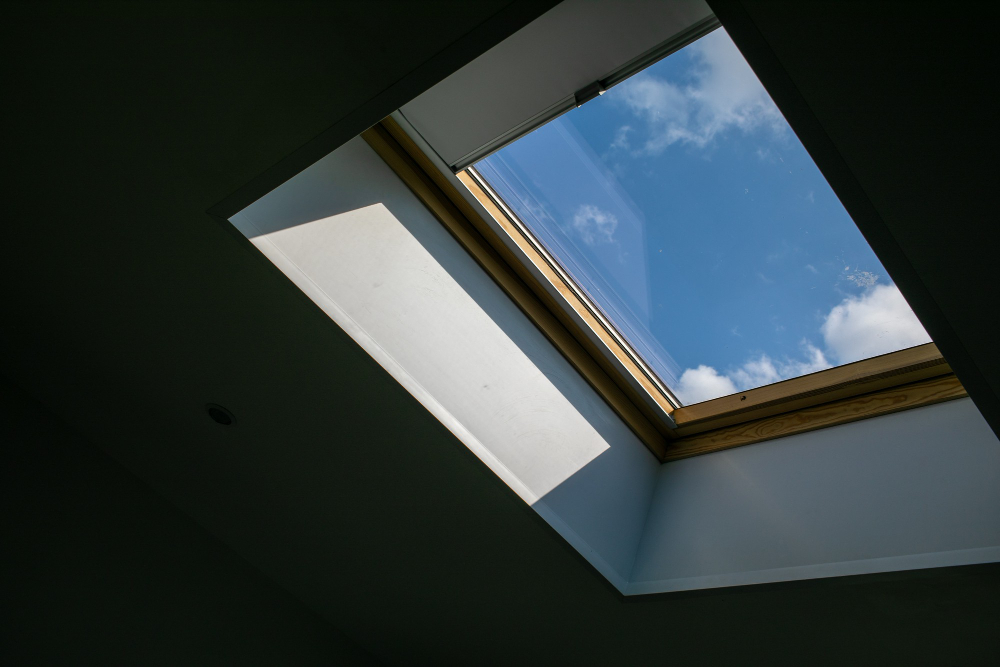
Use the right size appliance for your home.
Using the right size appliance for your home can help improve your energy efficiency. Microwaves and washing machine dryers are examples of appliances that use a lot of energy. A large microwave oven may heat up food faster but it will also cost more to operate than a smaller one.
Add insulation to your walls and ceiling.
Insulation is one of the best investments you can make to reduce your energy consumption. Adding insulation to the walls and ceiling will help keep your home cooler in the summer and warmer in colder days. It can also reduce your energy bills, which could save you money for years to come.
When insulating a home, it’s important that all areas are insulated properly so that there is no “cold spot” or “hot spot” in the house when it gets cold outside or warm inside. Insulation works by trapping air between two materials (foam insulation) or blocking heat from escaping through cracks around windows or doors (spray foam).
- Insulate and seal leaks around windows and doors.
- Sealing air leaks can save up to 10% on cooling costs.
- Insulation lasts for decades, so it’s one of the best investments you can make in your home. Caulking doors and windows. For air-conditioned rooms, caulking is an effective way to seal leaks around doors and windows. Caulk should be applied to the inside of the window frame, not the outside; this allows you to maintain ventilation without compromising insulation levels.
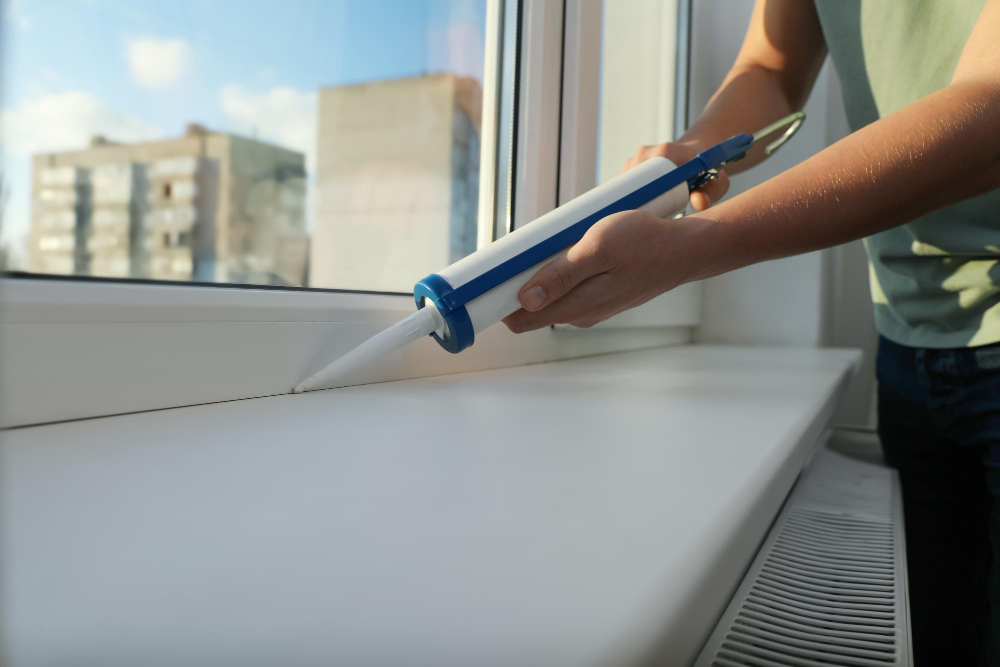
Use your ceiling fans efficiently.
Ceiling fans provide a much-needed breeze on hot, humid days, which keeps humidity levels down. Ceiling fans create a gentle updraft to pull warm air off your skin and into the ceiling space above you. This makes it easier for you to maintain a comfortable temperature while saving energy because you’re not having to run an air conditioner as often.
Another great advantage of using ceiling fans is noise control: most people find them very soothing but some may find them distracting if they don’t like the whirring sound (or any other sounds for that matter). Some are quieter than others so if the sound is an issue for you then shop carefully before purchasing one! If this wasn’t enough already there are even more benefits: lowering dust levels, reducing allergens, and improving indoor air quality by circulating outside air through vents instead of recirculating stuffy indoor air all day!
Small changes in your home can make a big difference in how much you spend on heating and cooling bills.
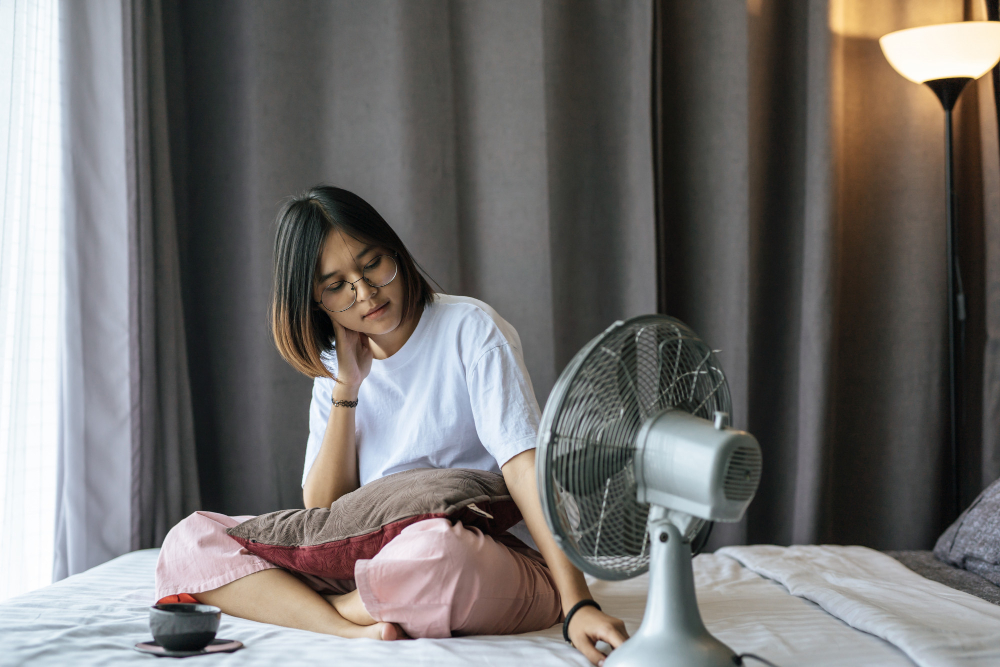
Small changes in your home and everyday life can make a big difference in how much you spend on heating and cooling bills.
- Unplug electronics that are not being used (e.g., cell phone chargers), you’ll save money on electricity costs each month.
- Turn off the light when leaving a room or a portion of the house for a prolonged period of time;
- Clean air-conditioners and refrigerators regularly.
- When using the electric kettle, avoid over-filling it with water or putting in more than what you need. Keep hot water in thermos containers.
- As much as possible, avoid using the washing machine dryer. For instance, dry clothes on racks or lines outside when the weather is warm.
Looking for new investment properties? Check out these property listings in prime locations nationwide!




